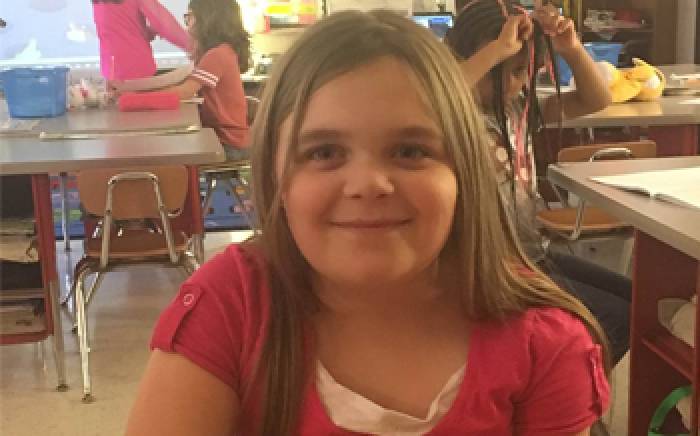 A newborn baby from Michigan is being kept alive at St. Louis Children’s Hospital with an artificial lung, the first time such a device has been used as a bridge to a lung transplant for a child this small.
A newborn baby from Michigan is being kept alive at St. Louis Children’s Hospital with an artificial lung, the first time such a device has been used as a bridge to a lung transplant for a child this small.
Four-week-old Ronan Bush has a rare congenital disease that prevents his blood from flowing properly through his lungs and returning oxygenated blood to his heart and the rest of his vital organs.
Ronan needs a lung transplant to survive. But he must be supported long enough to receive donor organs.
Currently, most children with severe heart and lung failure are supported with a heart-lung bypass machine called ECMO that uses a pump and oxygenator to deliver oxygen to the vital organs. While ECMO can be successful for this purpose, it is a temporary solution. Extended use can pose serious health risks, including permanent organ damage.
 Once stabilized with ECMO, Ronan’s surgical team - including director of cardiothoracic surgery Dr. Pirooz Eghtesady, lung transplant program director Dr. Stuart Sweet, and critical care specialist Dr. Avihu Gazit - made the decision to use the Maquet Quadrox-iD Pediatric Oxygenator (typically used in neonatal ECMO) in a configuration that does not require a pump. In this way, the Quadrox-iD serves as an artificial lung to “bridge” Ronan from ECMO to a lung transplant - in other words, buy him time to wait for donor lungs to become available.
Once stabilized with ECMO, Ronan’s surgical team - including director of cardiothoracic surgery Dr. Pirooz Eghtesady, lung transplant program director Dr. Stuart Sweet, and critical care specialist Dr. Avihu Gazit - made the decision to use the Maquet Quadrox-iD Pediatric Oxygenator (typically used in neonatal ECMO) in a configuration that does not require a pump. In this way, the Quadrox-iD serves as an artificial lung to “bridge” Ronan from ECMO to a lung transplant - in other words, buy him time to wait for donor lungs to become available.
Last year, a two-year-old at St. Louis Children’s Hospital was the first in the country and the youngest in the world to use a similar artificial lung device, the sLA Membrane Lung made by Novalung.
The Quadrox-iD functions the same way as the Novalung device, but is small enough to work with the lower volume and blood flow of a newborn.Just one year ago, the Bush family lost another child to the same disease. She was also four-weeks-old.
“This device is new enough that it wouldn’t have been available for our daughter last year,” says Kim Anderson, Ronan’s mom, “this has changed from a situation where essentially there was no hope for long-term treatment to where we now have that hope.”
Sadly, donor organs did not come in time to save baby Ronan. While his family and medical teams were heartbroken when he passed away, after a month on the device, his mom was able to take some comfort knowing that Ronan was a pioneer for all future children in his situation.






